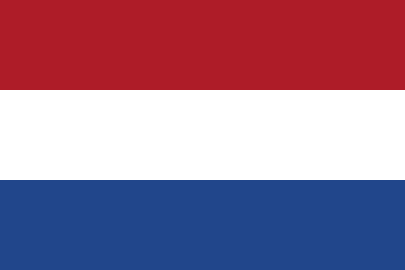ABC-ISLANDS

The ‘ABC Islands’ are the islands of Aruba, Bonaire, and Curacao in the southern Caribbean – just off the coast of northern Venezuela. These islands have been linked to varying degrees throughout history, and they remain linked today.
The islands share much common history; however, their paths have diverged in recent years. This page will discuss their commonalities.
The first Europeans to arrive were the Spanish in 1499. Because of relatively low rainfall, the islands were not valued for plantation development. Much of the local population was enslaved for labor, and many were relocated to Hispaniola where they worked in the copper mines. Some of the native Caquetios were gradually returned to the islands starting mid-16th century.
The Dutch West India Company was founded in 1621, and within two years Dutch ships began stopping at the ABCs. They conquered the Spanish, and they settled on Curacao in 1634, and Aruba and Bonaire in 1636. The Dutch continued to settle other Caribbean islands that are beyond the ABC Islands. These islands are often referred to as the ‘SSS Islands’, and they include St. Maarten, St. Eustatius, and Saba. The SSS islands are more than 500 miles northeast of the ABCs – southeast of the Virgin Islands.
Each of the ABC Islands began developing in a different direction. Aruba developed its farming and grazing of livestock to become a source of meat for other Dutch possessions in the Caribbean. Much of Bonaire became a plantation cultivating dyewood and maize and harvesting solar salt. Curacao, with its large natural harbor of Willemstad, became a trade center.
The Dutch West India Company used Curacao as its center for the Atlantic slave trade starting in 1662. Slavery continued on the islands until September 30, 1862, and its abolition was devastating to Curacao’s economy. The economies of Curacao and Aruba were finally reinforced by Venezuelan oil and refineries in the early 20th century.
There had been occasional challenges for control of the islands, but the Dutch remained in control almost consistently from the 17th century forward. They established colonial rule in 1815 that persisted until after World War II when demands for autonomy increased.
In 1948, the islands were granted autonomy to the degree then allowed by the Dutch constitution, but it was not enough for most islanders. In December of 1954, the ABC Islands and the SSS Islands joined to form the nation of the Netherland Antilles. The Netherland Antilles, Suriname, and the country of the Netherlands acceded as equal partners to the overarching Kingdom of the Netherlands. Aruba seceded from the Netherland Antilles in 1986, and others sought restructuring.
There were four options available to the members of the Netherlands Antilles. They could 1) continue as the Netherland Antilles, 2) develop closer ties with the country of the Netherlands, 3) become an autonomous member within the Kingdom of the Netherlands, or 4) become autonomous of the Kingdom of the Netherlands.
Aruba had already seceded from the Netherlands Antilles and became an autonomous country within the Kingdom of the Netherlands. St. Maarten and Curacao also chose that status. Saba, Bonaire, and St. Eustatius became special municipalities within the country of the Netherlands. Since October 10, 2010, there are four constituent countries in the Kingdom of the Netherlands – Aruba, Curacao, St. Maarten, and the country of the Netherlands which includes Bonaire, Saba and St. Eustatius. So, among the ABC Islands, only Bonaire became integrated in to the country of the Netherlands. Aruba and Curacao hold equal status to the country of the Netherlands within the Kingdom of the Netherlands.

The ABC Islands are highly dependent on tourism. However, Aruba and Curacao also receive considerable income from petroleum shipment, oil refinement, and offshore finance. Almost all goods are imported including food. The soil is poor, and there is limited water available for agriculture.
Each island uses a different currency. Bonaire – although part of the country of the Netherlands – uses the US dollar rather than the Euro. Curacao uses the Netherlands Antilles Guilder (ANG). Aruba uses the Aruban Florin (AWG). The ANG and AWG are each worth approximately $1.75 USD.The people of the ABCs are descended from the Caquetio Indians, African slaves, and European immigrants. There is a lesser influence from other Caribbean islands and Latin America. They are mostly Catholic; however, Curacao also has a large Jewish population which immigrated in the 17th century.
The local language is Papiamentu which is a mix of Portuguese, some West African influence, Dutch, Spanish, and English. The language is spoken similarly on each island, but it is written differently. Most locals also speak some Dutch, English, and Spanish.